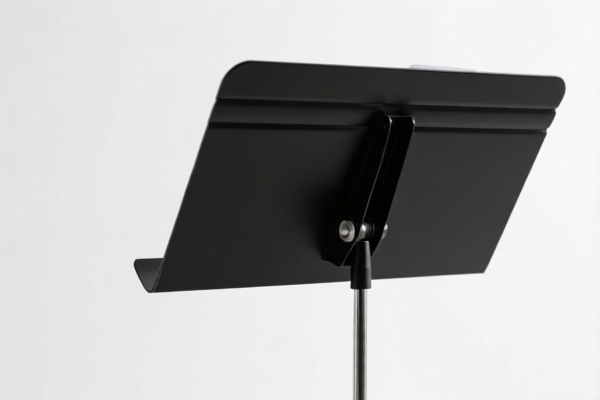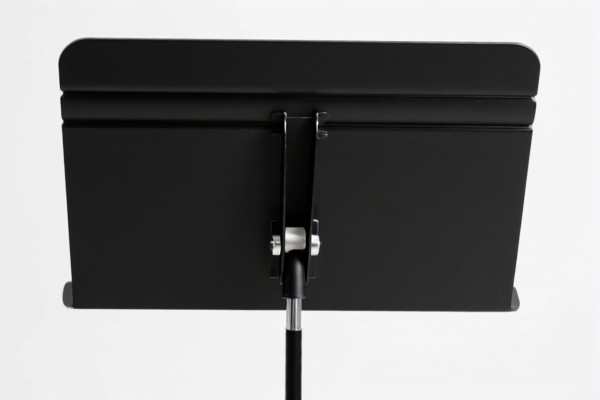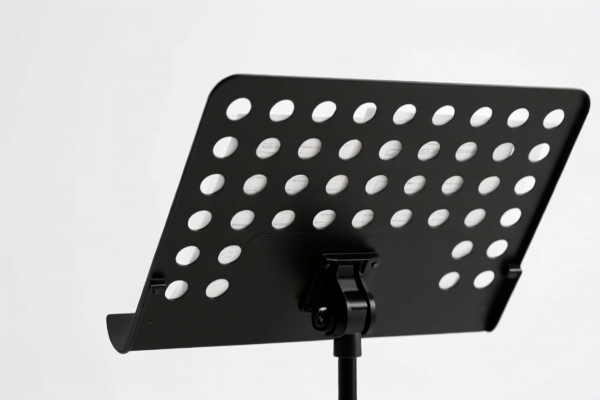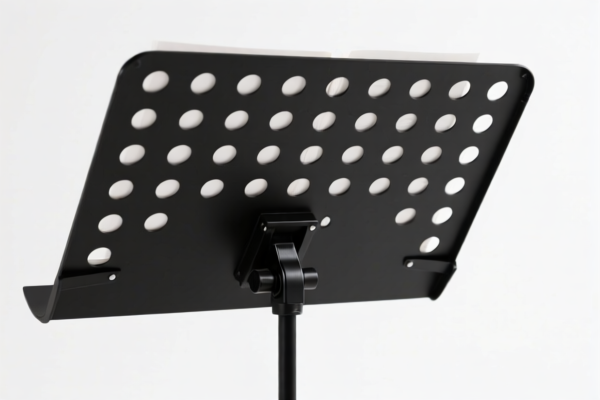| HS Code | Official Doc | Tariff Rate | Origin | Destination | Effective Date |
|---|---|---|---|---|---|
| 8304000000 | Doc | 33.9% | CN | US | 2025-05-12 |
| 8304000000 | Doc | 33.9% | CN | US | 2025-05-12 |
| 9402900020 | Doc | 30.0% | CN | US | 2025-05-12 |
| 9017800000 | Doc | 60.3% | CN | US | 2025-05-12 |
| 9033009000 | Doc | 59.4% | CN | US | 2025-05-12 |
| 8487900080 | Doc | 83.9% | CN | US | 2025-05-12 |
| 8487900040 | Doc | 58.9% | CN | US | 2025-05-12 |




Instrument Stand
An instrument stand is a piece of furniture designed to hold musical instruments, typically in a performance or practice setting. They provide a stable support, allowing musicians to play without having to physically hold their instruments, and are crucial for instruments lacking inherent support mechanisms.
Materials
Instrument stands are constructed from a variety of materials, each offering different benefits in terms of weight, durability, and cost:
- Steel: The most common material, offering a good balance of strength, stability, and affordability. Often powder-coated for rust resistance and aesthetic appeal.
- Aluminum: Lighter than steel, making it suitable for portability. Often used in gigging or travel situations. Generally less robust than steel.
- Cast Iron: Offers exceptional stability due to its weight, but is significantly heavier and less portable. Typically found in older or high-end stands.
- Plastic: Used for lightweight, portable stands, often for smaller instruments like recorders or melodicas. Less durable than metal options.
Purpose & Function
The primary function of an instrument stand is to securely hold a musical instrument at a comfortable playing height. This allows the musician to:
- Focus on playing: Eliminates physical strain and fatigue associated with holding the instrument.
- Improve posture: Encourages proper playing posture, reducing the risk of injury.
- Enhance sound projection: By elevating the instrument, stands can improve sound projection, particularly for acoustic instruments.
- Facilitate ensemble playing: Enables musicians to play together more easily, as they are not encumbered by holding their instruments.
Usage Scenarios
Instrument stands are used in a wide range of settings:
- Performances: Stages, concert halls, clubs, and other venues.
- Practice: Homes, studios, rehearsal spaces.
- Education: Schools, music classrooms, private lessons.
- Recording: Professional and home recording studios.
Common Types
Several types of instrument stands are available, designed for specific instruments or applications:
- Sheet Music Stands: Designed to hold sheet music, charts, or tablets. Typically adjustable in height and angle.
- Guitar Stands: Specifically designed to cradle the body of a guitar, preventing damage. Available in various styles, including A-frame, folding, and wall-mounted.
- Keyboard Stands: Support electronic keyboards and synthesizers. Can be single-tier, double-tier (for two keyboards), or X-style.
- Microphone Stands: While not strictly for instruments, they are often used alongside instrument stands in performance settings to support microphones for amplified instruments.
- Bass Stands: Similar to guitar stands but with more robust construction to support the weight and size of a bass guitar.
- Drum Stands: A category encompassing various stands for components of a drum kit, including cymbal stands, hi-hat stands, and snare drum stands.
- Trumpet/Trombone Stands: Designed to securely hold brass instruments, often with a cradle or cup to prevent scratching.
- Viola/Cello Stands: Designed to support bowed string instruments. These stands often have adjustable legs for uneven surfaces.
Based on the provided information, “instrument stand” can be classified under the following HS codes:
-
9017.80.00.00: Other instruments. This code covers a broad category of instruments not specifically classified elsewhere in Chapter 90. The reference material does not provide further details on the types of instruments included, but “instrument stand” could fall under this category depending on its specific function and application.
- Chapter 90: Instruments and apparatus which measure, check, test, navigate or otherwise control functions; instruments and apparatus for medical, surgical, dental or veterinary purposes; optical, precision, electrochemical, photographic, cinematographic, measuring, checking, testing, navigating or other functions.
- Heading 9017: Instruments and apparatus which measure or check the physical properties of substances or materials; instruments and apparatus which measure or check quantities of heat, sound, light, or other forms of radiation; instruments and apparatus which analyze substances.
- Subheading 9017.80: Other instruments.
-
8487.90.00.80: Machinery parts, not containing electrical connectors, insulators, coils, contacts or other electrical features, and not specified or included elsewhere in this chapter: Other Other. If the instrument stand is considered a component part of a larger machine or instrument and does not have electrical features, it may fall under this code.
- Chapter 84: Nuclear reactors, boilers, machinery and mechanical appliances; parts thereof.
- Heading 8487: Machinery parts, not containing electrical connectors, insulators, coils, contacts or other electrical features.
- Subheading 8487.90: Other machinery parts.
-
9033.00.90.00: Parts and accessories (not specified or included elsewhere in this chapter) for machines, appliances, instruments or apparatus of chapter 90: Other. If the instrument stand is specifically designed as a part or accessory for an instrument or apparatus classified in Chapter 90, this code may be applicable.
- Chapter 90: Instruments and apparatus which measure, check, test, navigate or otherwise control functions; instruments and apparatus for medical, surgical, dental or veterinary purposes; optical, precision, electrochemical, photographic, cinematographic, measuring, checking, testing, navigating or other functions.
- Heading 9033: Parts and accessories (not specified or included elsewhere in this chapter) for machines, appliances, instruments or apparatus of chapter 90.
Regarding HS code 8487.90.00.80, please note that the reference material specifies a 25% additional tariff on steel and aluminum products.
Customer Reviews
No reviews yet.